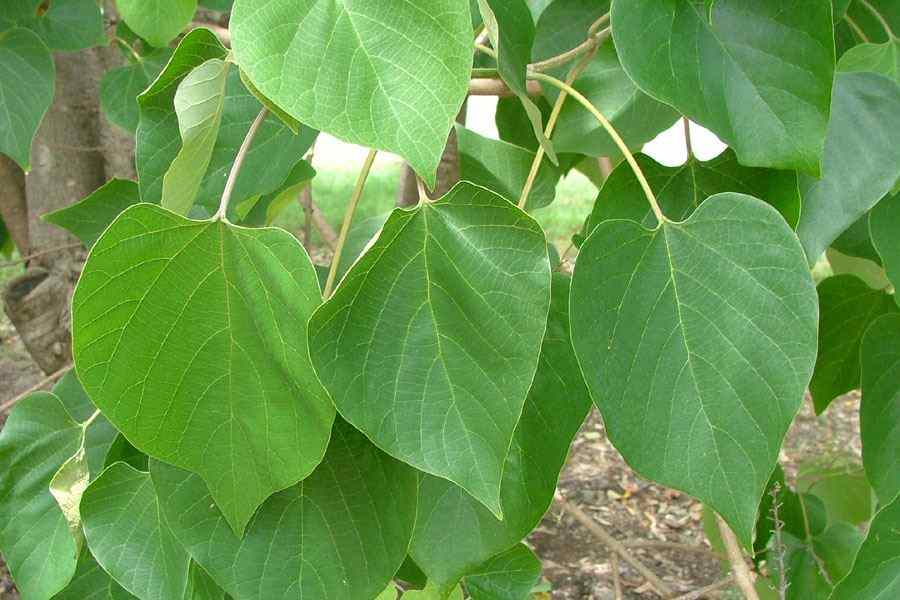
Table of Contents
Gambhari Plant
Gmelina arborea, locally known as the gambhari, is a fast-growing tree in the Lamiaceae family. Ayurveda describes it as a tonic or one among the Brihat Panchamoola. Learn about its morphology, medicinal uses, and precautions. Read on to learn more about this fascinating plant! You will find out how to prepare and consume it. Continue reading to learn more about the Gambhari Plant! The following article will discuss the benefits of this herb.
What Ayurveda says about Gambhari
Ayurveda uses the Gambhari Plant extensively to treat various ailments, including fever, arthritis, and rheumatic complaints. The five main parts of the plant, or roots, are used for medicinal preparation and include analgesic, anti-inflammatory, and anti-ulcer properties. It is an important part of the ayurvedic drug Dasamula.
The Gambhari plant is a deciduous tree native to the greater part of India, and is often used in herbal medicine. It is considered a digestive tonic and general tonic, and is an effective remedy for pitta and vata disorders. The fruit is bitter but contains little tannin. The leaves are a source of the antioxidant luteolin. It is also considered a diuretic and is a digestive tonic.
The Gambhari plant is a fast-growing deciduous tree native to India. It is referred to as the “Candhar tree”, “Kasmari tree,” and “Coomb tree.” The wood of the Gambhari is a common source for furniture and other materials used in handicrafts. And it is a good source of natural estrogen as well. The wood is used for making handicrafts, as well as in traditional medicine.
Morphology of Gmelina arborea
The morphology of the Gambhari plant has several distinct features. This fast growing plant in India is mentioned in ancient Ayurvedic texts and is known to have been used in traditional Indian medicine. Its chemical compounds are flavonoids, alkaloids, and terpenoids such as arboreol, gmelanone, and gmelinol. Its morphology resembles that of a pine tree.
Medicinal uses of Gambhari
The roots, leaves, and fruit of the Gambhari plant are used in a wide variety of traditional remedies, and the fruit is a delicious, astringent and bitter. The root is also used to make a sweet tea, which is used to reduce fever and quench excessive thirst. Medicinal uses of the Gambhari plant include treating bleeding disorders, promoting hair growth, and reducing inflammation.
Its a diuretic with other properties like enhancing body strength, promoting strength during pregnancy, enhancing breast milk production, Aphrodisiac, relieves thirst and fever, promotes rejuvenation, posses anti – poisonous actions, acts as an analgesic, enhances hair growth, stimulates appetite and digestion, relieves piles.
Gambhari is also found to be effective in Vata disorders and Headache, Kshaya roga, it enhances urinary bladder functions, boosts sperm production,
The roots of the Gambhari plant have been used in Ayurvedic medicine for centuries. The roots are highly valuable in balancing Pitta and Vata, and their flavor is bitter, astringent, and sweet. The Gambhari plant has several constituents, including an alkaloid, benzoic acid, butyric acid, luteolin, and tannin. Other uses of the Gambhari plant include treating urinary tract infections, analgesia, and dysuria.
- The root and bark of Gmelina arborea are claimed to be stomachic, galactagogue, and anthelminthic improves appetite , useful in hallucination, piles and abdominal pains.
- The fruits are acrid ,sour bitter, sweet, cooling diuretic, tonic aphrodisiac, alterative, astringent to the bowels.
- They are also useful to promote the growth of hairs.
- The flowers are anti dermatoses, they are useful in leprosy and blood diseases.
- Juice of tender leaves is useful as demulcent . It is given in gonorrhoea and cough etc; They are also used for cleaning ulcers.
- The root acts as stomachic and nerve tonic it is used in insanity and epilepsy. Root decoction is given in fever, indigestion.
- Dry fruit is used in Rajayakshma.
- Decoction of root is used in garbhashaya shotha.
- Fruit helps to relieve the thirst.
- Swarasa of root with cows milk and sugar is given in mutra krcchra.
- Decoction of its roots is given orally in treatment of snake bite.
- Fruits are useful in vitiation of vata , thirst, anemia.
- The root decoction is used for abdominal tumours.
- Flowers used for blood disorders and leprosy.
- Root used for abdominal pains, burning sensations.
- Fever, hallucination, thirst.
- It is folklore remedy for anasarca, anthrax, bites, blood disorders, cholera, convulsions, diarrhea, and fever gravel.
- Deeming the fruit is alternative aphrodisiac and diuretic.
Precautions of Gambhari
Before you begin using Gambhari, you should learn about the risks and precautions involved. Please do consult an Ayurvedic Doctor before consuming medicines related to Gambhari inorder to prevent side effects.
It is also considered to be a cardioprotective herb.
Research Works
- The alchoholic extract of stem bark and wood of the stem were found to posses hypoglycemic activity in albino rats.
- The stem bark also showed antiviral activity against ranikhet disease virus.
- Premnazole showed anti-inflamatory activity temparable to that of phenyle butasone in reducing cotton pellet induced granuloma formation in rats , it probably acts by regulating activity of ACTH.
